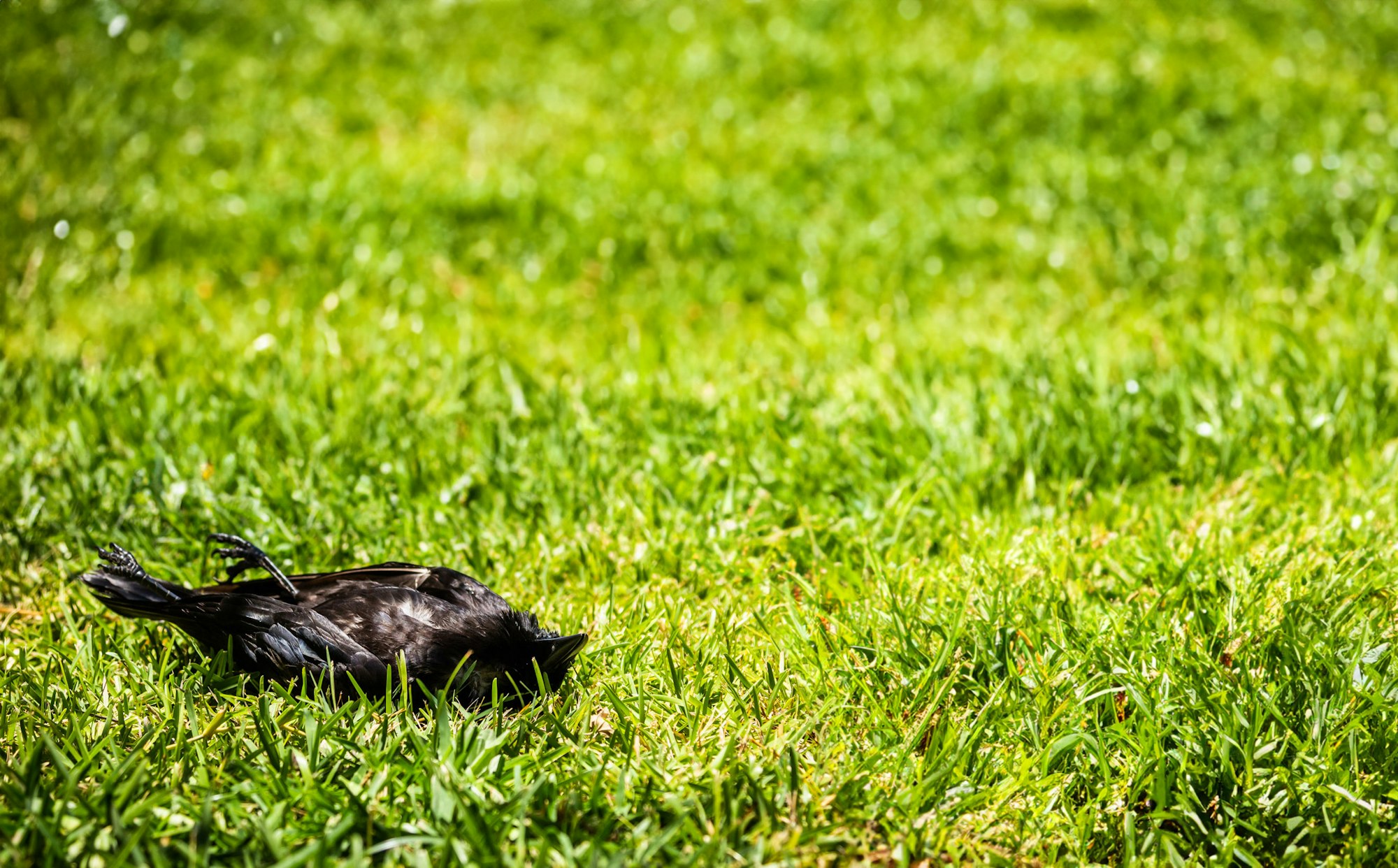West Nile Virus Positive Dead Birds Collected in San Gabriel Valley

Collected dead birds are amongst the first detections of WNV in Los Angeles County this year.
PDF - PR_20230605_WNVDeadBirdsWest Covina, Calif. (June 5, 2023) — The San Gabriel Valley Mosquito & Vector Control District (SGVMVCD/District) has confirmed the first detection of West Nile virus (WNV) activity in its service area. The virus was detected in two dead birds, an American crow and unspecified songbird, collected in the city of Covina on May 25th.
This serves as the District’s first detection of West Nile virus activity, and among the first detections for Los Angeles County this year. Mosquito samples have not tested positive for the virus within the surrounding community, nor in the San Gabriel Valley. The dead bird surveillance program serves as an early warning detection tool that helps identify when the virus is actively being transmitted within the bird population. The two dead birds were collected, shipped, and tested at West Valley Mosquito and Vector Control District which provides mosquito and bird testing for the District.
“While virus activity has not been detected in mosquito populations yet, this confirmation serves as an alert that mosquitoes may soon become infected in the region and residents should take preventative measures,” said Director of Scientific Programs Tristan Hallum. “There is no cure or human vaccine for West Nile virus. Therefore, the best method of protection is to prevent mosquito bites.”
Since West Nile virus is endemic to the San Gabriel Valley, it is typically detected by local public health agencies during Summer. As warm temperatures rise overnight, an increase in mosquito populations and virus activity will occur. The District will continue monitoring disease activity and controlling mosquitoes in public spaces through routine inspections and necessary treatments.
Mosquito control is a shared responsibility. Hallum urged residents to take an active role in reducing the threat of WNV in their communities by taking the following actions to stay healthy and bite-free:
- Tip out stagnant water around the home weekly;
- Toss unused containers that can hold stagnant water; and
- Protect against bites by using insect repellent containing any one of the following CDC-recommended ingredients: Picaridin, DEET, Oil of Lemon Eucalyptus (or PMD), or IR3535.
For more information, residents can contact the San Gabriel Valley Mosquito and Vector Control District at 626-814-9466, online at SGVmosquito.org, or on social media: Facebook, Twitter, and Instagram.
###
MEDIA CONTACT
Anais Medina Diaz, Director of Communications
amedinadiaz@SGVmosquito.org | 626-814-9466

.jpg?ixlib=rb-1.1.0&or=0&w=720&h=720&fit=max&auto=format%2Ccompress&s=66a87188d9f9022e8b407ac884110af5)